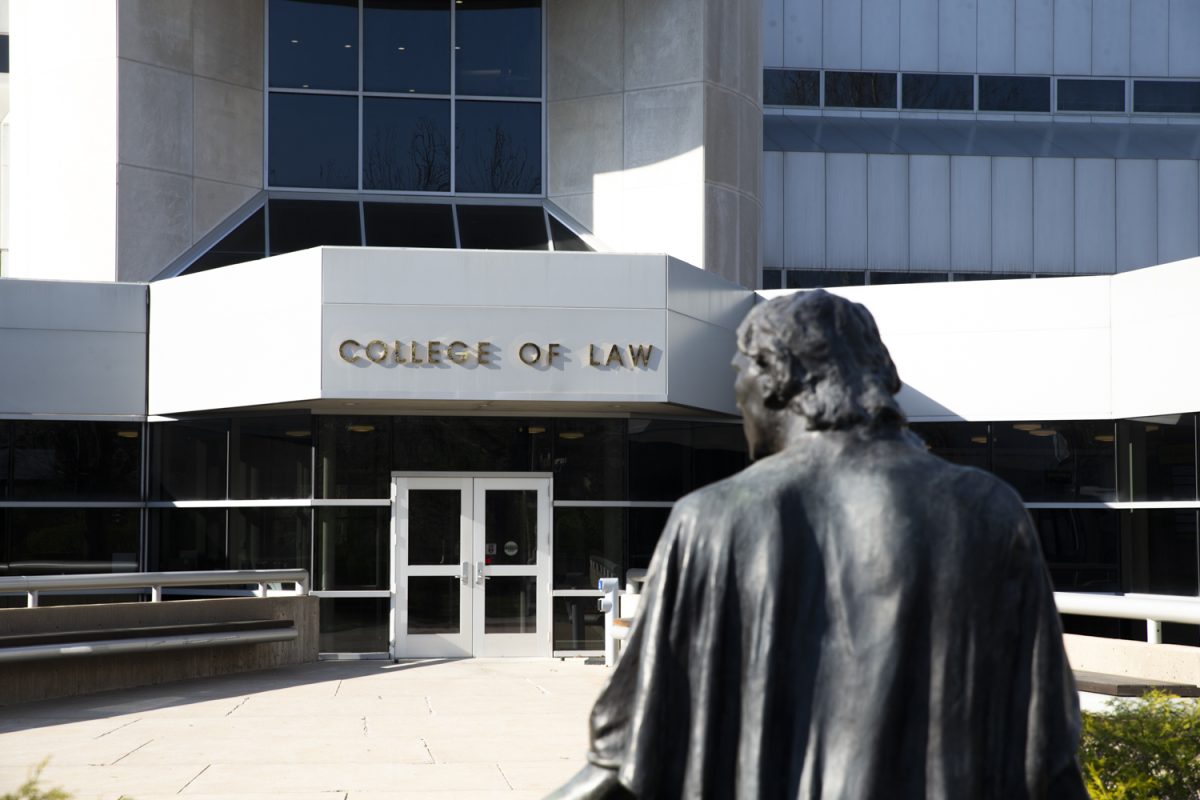The EPA recently announced that the 2014 renewable-fuel standard won’t be finalized until 2015, which some say is a sign the pressure against lowering the standard is working.
Since the Energy Independence and Security Act created the current standard in 2007, the annual standard has steadily increased in line with the timetable laid out in the law. But in 2013, the EPA proposed reversing the schedule by lowering the standard from 16.55 billion gallons in 2013 to 15.21 billion gallons for 2014.
The renewable-fuel standard mandates how much renewable fuel has to be produced and blended each year.
Since the proposal was first released, it has set off a strong negative response from stakeholders and political representatives from states such as Iowa, in opposition to the oil industry pressuring the EPA to lower the standard. The agency has received comments and delayed a final decision for more than a year.
“The EPA said that because of the volume of comments and strong feelings about the proposal, it was time to take a step back,” Sen. Chuck Grassley, R-Iowa, said in a statement. “You could say the process of our system of government worked well here. Members of the public weighed in, and the agency seemed to get the message.”
Iowa Secretary of Agriculture Bill Northey said he is optimistic.
“I’m hopeful [the delay] may mean they will consider going back to what the original plan was,” he said.
The primary argument for lowering the standard mentioned in the EPA’s proposal is that the country’s consumption of gasoline is not as high as anticipated. Therefore, if the oil refiners continue to increase the amount of renewable fuel they blend while the amount of oil sold is stagnant or goes down, they’ll be forced to blend ethanol at a higher level than 10 percent per gallon.
Currently, the infrastructure to pump higher blends of ethanol, such as E15, does not exist at many gas stations around the country. However, Monte Shaw, executive director of the Iowa Renewable Fuels Association, said this is because the industry has resisted investing in it, and the fuel standard is intended to force such investment.
He said oil companies resist offering E15 blends or higher because they make money by selling petroleum, not ethanol, and lowering the fuel standard will only mean a continued lack of investment, stifling the renewable-fuels industry.
Northey said that without a standard in place this year, it is likely the EPA will set the 2014 standard at whatever is produced by the industry and then the debate becomes what the 2015 standard will be.
“I don’t think you can overstate the role of political pressure on the [fuel standard],” said Bruce Babcock, a professor of economics at Iowa State University. “It plays a central role in determining what have been indeterminable delays.”
Babcock said the EPA is likely to come to some kind of compromise that may lead to both the oil and renewable-fuels industries suing the agency. The American Fuel and Petroleum Manufacturers have already filed a notice of intent to sue over this current delay, which creates uncertainty for both industries.
“Neither side is going to have an outright win,” he said. “I bet anything you’re going to see legislation by lawsuit.”






